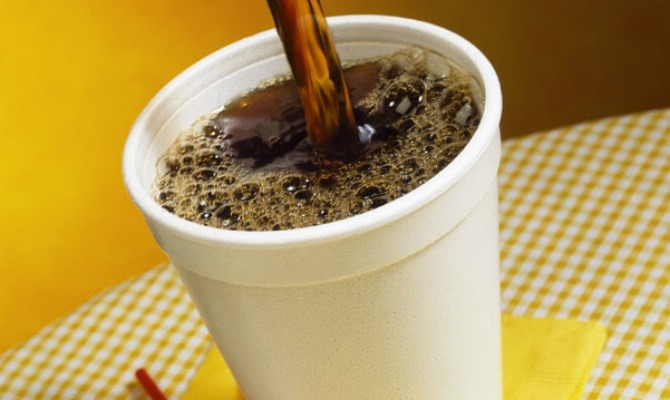Commercial Styrofoam Products Banned From New York City As Of July 1
Styrofoam, more formally known as polystyrene, is everywhere, despite its negative environmental effects. The plan for New York City to join the cluster of West Coast cities that have banned the ecologically toxic substance has finally come to a head. Mayor de Blasio announced the plan to ban single-use polystyrene products effective July 1. That means your traditional takeout containers, coffee cups, and packing peanuts will disappear from New York City restaurants and bars.
"These products cause real environmental harm and have no place in New York City. We have better options, better alternatives, and if more cities across the country follow our lead and institute similar bans, those alternatives will soon become more plentiful and will cost less," said Mayor Bill de Blasio in a prepared statement. "By removing nearly 30,000 tons of expanded polystyrene waste from our landfills, streets and waterways, today's announcement is a major step towards our goal of a greener, greater New York City."
With the ban, New York City becomes the largest city in the country to ban polystyrene. Many restaurateurs were not too happy about this decision, because flimsy foam containers are cheap, whereas containers made from durable recyclable plant materials are inherently more expensive. But Leith Hill, the owner of Ellary's Greens, an organic café in New York, believes that protecting the environment outweighs price margins.
"While it true that polystyrene containers are the least expensive containers on the market, they come at a high price to the environment, to nature and animal life, and to humans," Hill told The Daily Meal. "The hope is that with more people buying more environmentally friendly containers that the prices of those will come down and we'll all realize savings. At Ellary's Greens we use two types of paper-based containers, and both are recyclable. They look great and they showcase our food beautifully."
Biodegradable foam packaging, which looks and acts a lot like Styrofoam, is a smart alternative, and can be made from paper, plant materials, clay, or even cane sugar.
